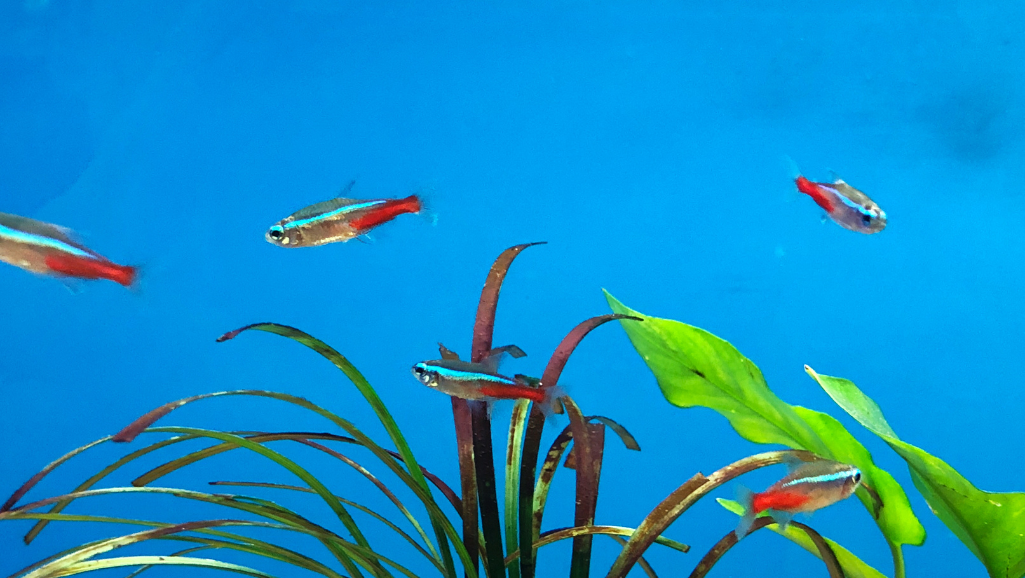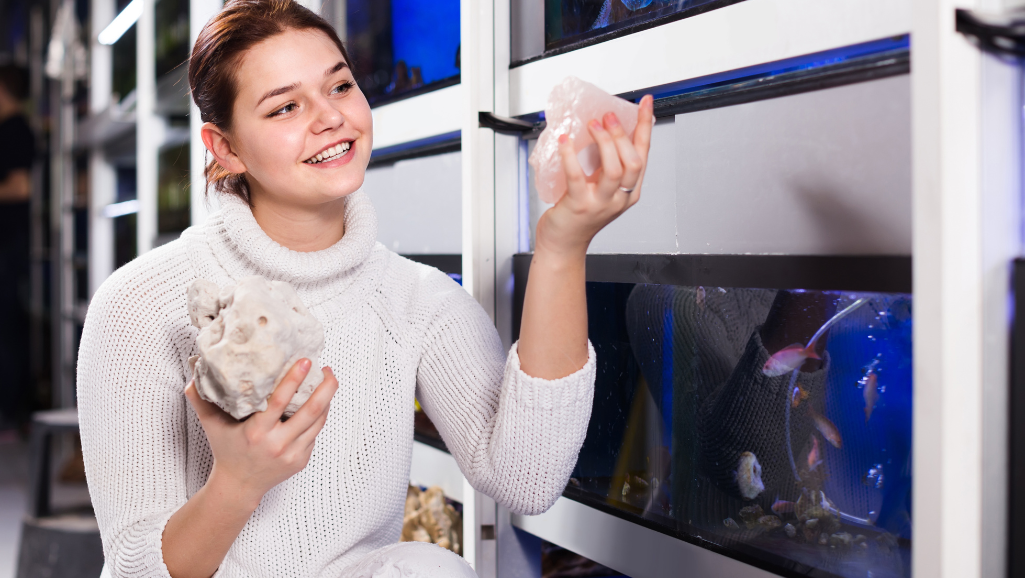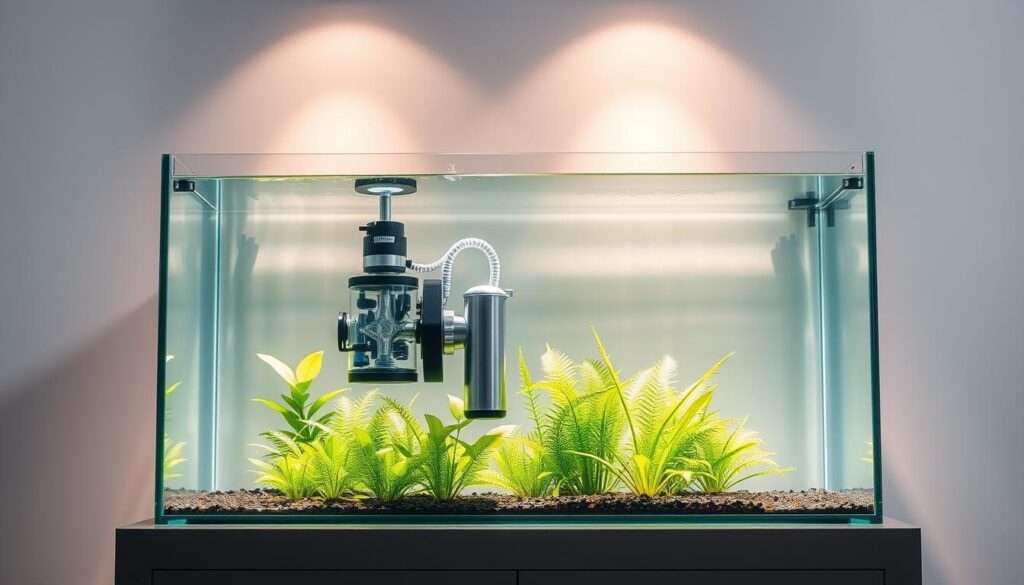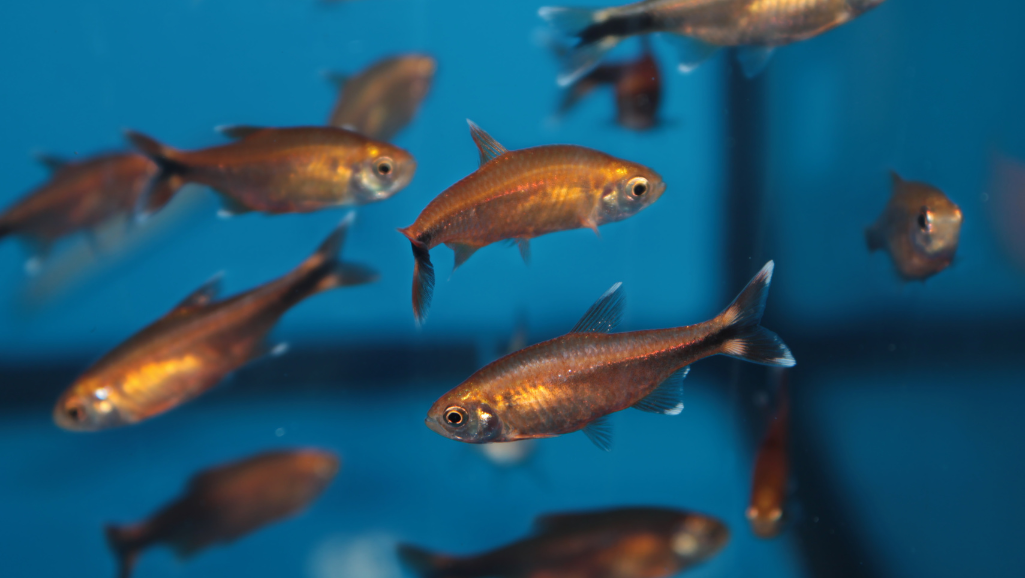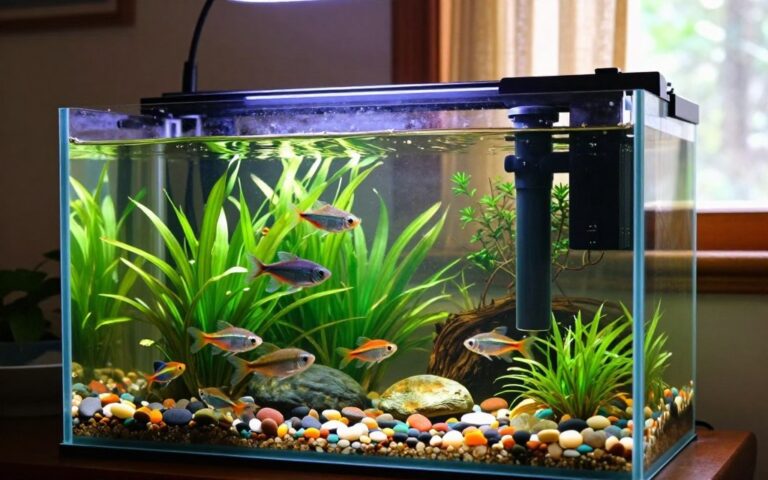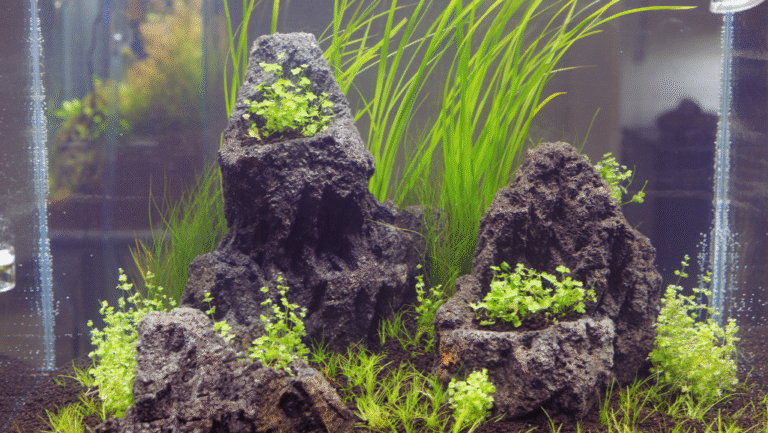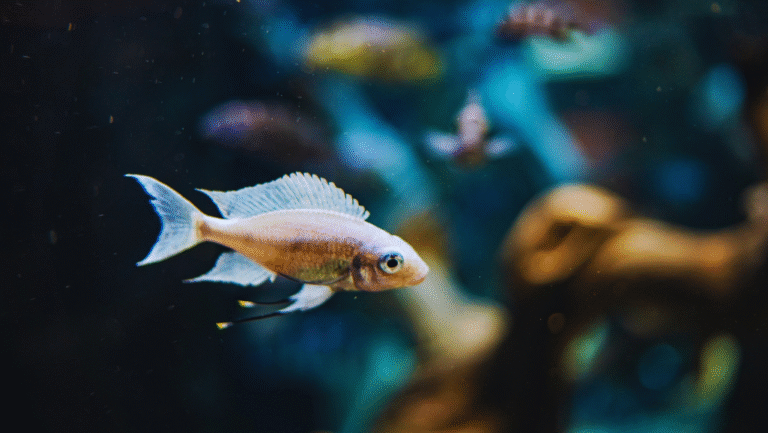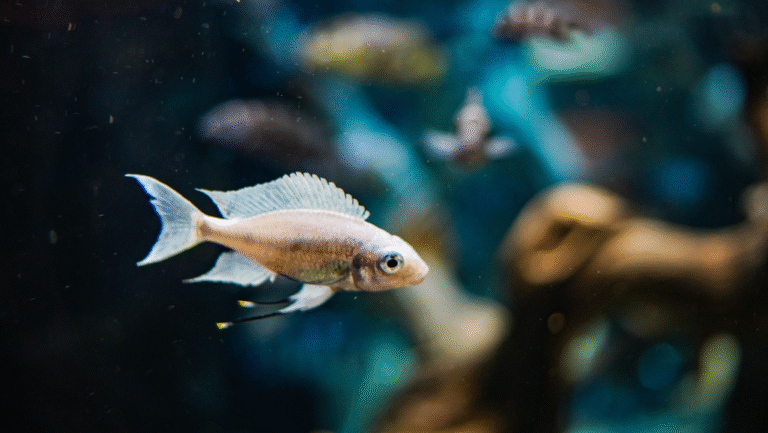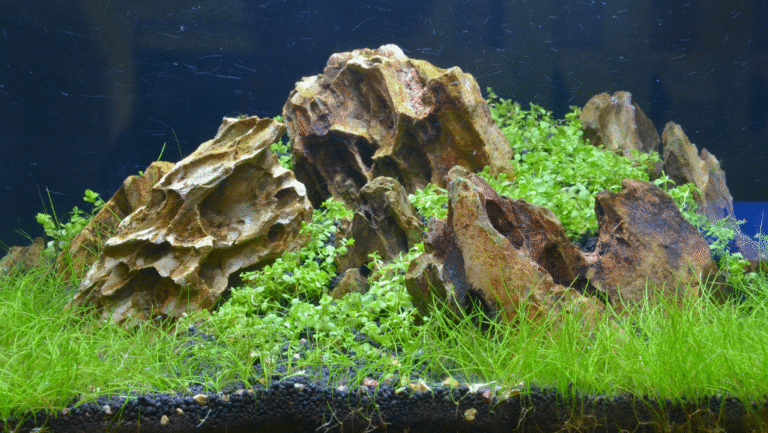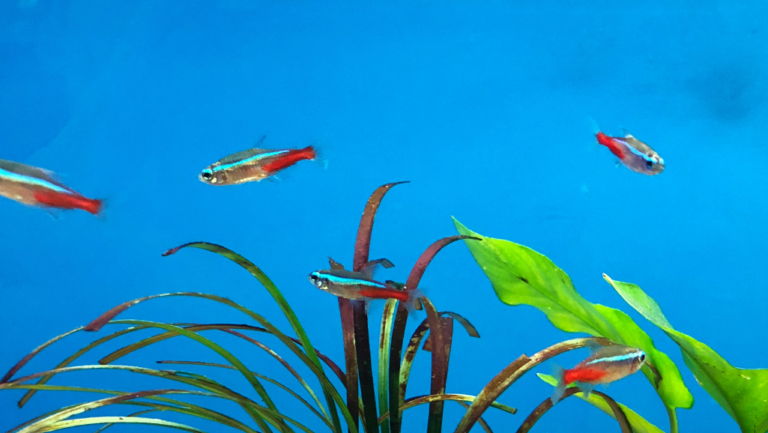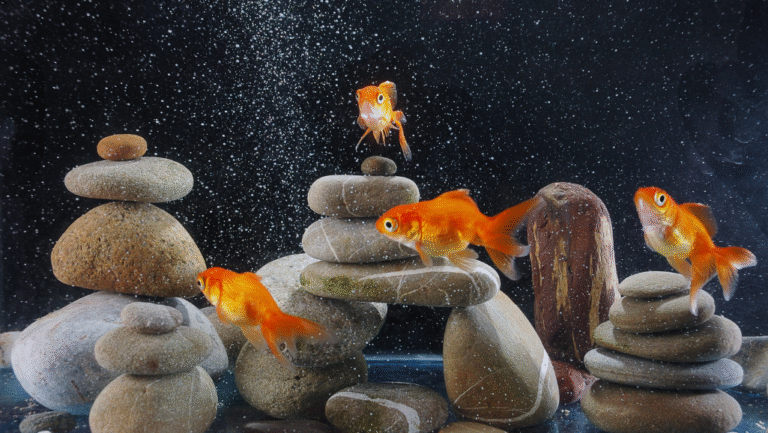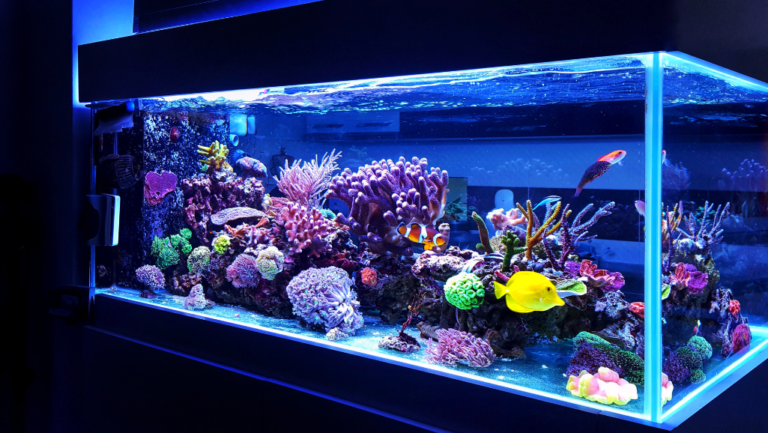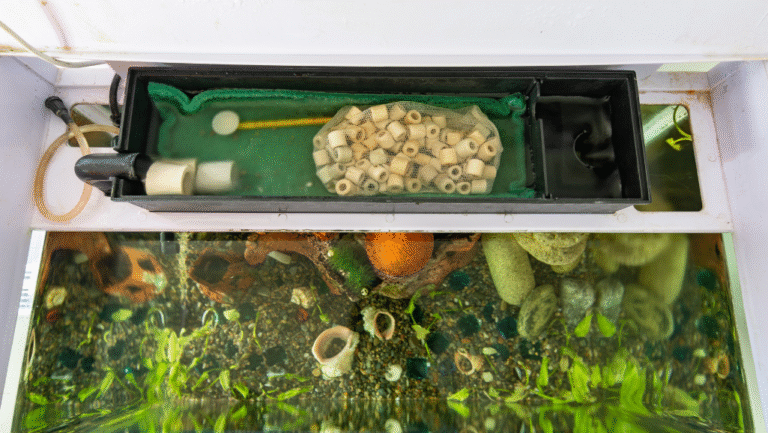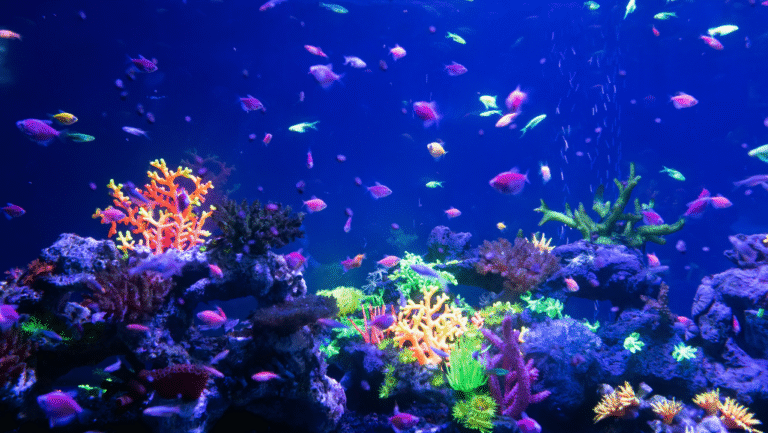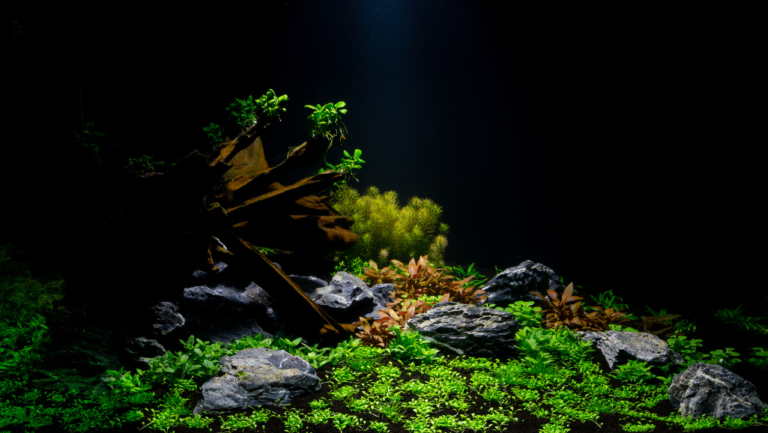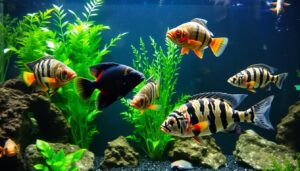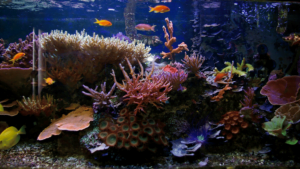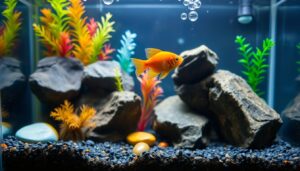Turn a simple glass display into living art that calms the room and sparks conversation. With the right size and placement, a modest tank can feel custom-made for your living room and bring nature indoors without overwhelming your space.
Plan first: match dimensions to species needs, pick hardy nano fish like neon tetra or rosy loaches, and use effective filtration such as sponge or hang-on-back units. Choose low-maintenance plants like Java Fern, Anubias, and Cryptocoryne and add LED lighting to boost color and growth.
Thoughtful aquascaping with driftwood and rocks creates depth without crowding. A proper stand, steady water parameters, and sensible stocking keep the setup healthy and easy to care for over time.
Key Takeaways
- Match tank size and shape to the species you choose for long-term health.
- Use hardy nano fish and durable plants for an attractive, low-maintenance display.
- Good filtration and LED lighting support clear water and vibrant growth.
- Smart aquascaping and placement make a small setup feel like a focal point.
- Regular maintenance and proper stocking ensure lasting beauty and calm.
Start Here: What Makes Fish Tank Ideas Truly Captivating Right Now
What pulls you into a display is a clear sense of balance between motion and calm. Modern appeal comes from plant-forward layouts, subtle color palettes, and clean hardscape lines that feel curated rather than cluttered.
Proportion matters. Match size tank and water volume to the species and plants you want so the display looks effortless and stays stable over time. Use reliable filtration and LED growth lighting to keep water clear and promote steady plant growth.
Small fish are trending because they create elegant schools and allow negative space to shine. Live plants such as Java Moss, Anubias, and Cryptocoryne add cover and improve water quality, making a modest aquarium punch above its weight.
- Balance motion and stillness: active swimmers framed by grounded hardscape.
- Integrate the display with the room’s textures and tones for a built-in feel.
- Pick gear and livestock you would never neglect — match care to your schedule.
Be honest about challenges like limited water volume and the plant-care learning curve. Then pick a vision, choose the right equipment and inhabitants, and follow a simple plan from start to end so your house has a living feature that stays beautiful over time.
Choose the Right Size Tank for Your Space and Lifestyle
Size matters more than style when it comes to long-term success. The gallons you pick control stability. Larger water volume dilutes waste and reduces temperature swings. Smaller tanks save space and cost less, but they demand disciplined feeding and frequent checks.
Understanding bioload and water volume: bioload is simply the total waste your animals make. Higher bioload needs stronger filtration and more water changes. For planted nano communities, many hobbyists start around 10–20 gallon ranges. A single centerpiece can live happily in less water if filtration is solid and care is consistent.
Choose a rectangular glass footprint for easier aquascaping and access along the back and side panels. Shallow, longer tanks create wide vistas that suit schooling small fish and simplify maintenance.
- Match gallon capacity to planting goals: dense plants need room for roots.
- Measure doorways, corners, and stand height so the display fits your living room and sightlines.
- Pick the size you can maintain consistently—your future self will thank you.
Filtration That Keeps Water Crystal Clear
The right filter transforms a modest aquarium into a low-maintenance living feature. Effective filtration matters more in small freshwater setups because limited water volume magnifies imbalances. Match system strength and flow to your setup so circulation cleans without stressing small fish or plants.
Filter options for compact tanks:
- Sponge filters — gentle flow, excellent biofiltration, near-silent operation; ideal for planted nano communities and breeding setups.
- Hang-on-back (HOB) — mechanical and chemical polishing with easy media swaps; good for small rooms that need clearer water fast.
- Internal filters — discreet in-tank solutions that save space and simplify placement for awkward spots.
Dialing in flow and media
Aim for turnover that clears debris without blasting inhabitants across the back or into corners. Place intakes away from sandy spots to avoid substrate “dust storms.” Point return flow slightly toward the front glass to eliminate dead zones while preserving gentle currents around stems.
Media layering works best: sponges for mechanical capture, ceramic rings for biofilms, and carbon or specialty media used short-term for targeted issues. Rinse sponges in aquarium water only and avoid over-cleaning; preserving beneficial bacteria keeps water parameters stable and reduces stress.
Keep a seeded spare sponge ready so you can swap quickly if a filter fails. Often the simplest thing—one reliable filter, tuned correctly and maintained on schedule—is the best way to keep water crystal clear and your room peaceful.
Lighting That Brings Colors and Plants to Life
Lighting is the silent director of growth, color, and mood for any planted setup. Full-spectrum LEDs are energy-efficient and let you tune spectrum and intensity to boost photosynthesis and make colors pop without overheating your room.
LED spectrum and intensity for plant growth and vivid fish colors
Full-spectrum LEDs highlight natural hues while supplying the wavelengths plants need for steady growth. Aim for a color temperature around 6,500–7,500K to keep the display feeling fresh and house-friendly.
Photoperiod tuning to limit algae growth over months
Start with 6–8 hours of light and change duration in small steps. Short, consistent adjustments curb nuisance algae and help plants settle into a reliable growth rhythm.
- Low-light species like Anubias, Java Fern, and Cryptocoryne do well under moderate intensity.
- Use diffuser lenses or higher mounting to soften hotspots on the front glass and reduce glare.
- Implement staged ramp-up and ramp-down schedules to mimic sunrise and sunset and lower stress for small fish.
Pair light with nutrients and CO2 so growth stays healthy and doesn’t fuel algae. Keep light height and angle steady so plants develop evenly and avoid long, spindly stems.
“Good illumination makes the setup look intentional and keeps both plants and animals calm.”
Neat cable management on or behind the stand keeps the back tidy and makes access easier when you need to reach filters or the back glass. Clean lenses of splash and salt creep regularly so output stays true over time.
Aquascape Ideas: Transform Glass Into Living Art
Design a layered aquascape that reads like a tiny, living landscape from every seat in the room. Start by planning foreground carpets, mid-height textures, and taller back layers to frame the scene and hide equipment.
Planting plans: foreground carpets, mid textures, tall back layers
Use easy plants such as Java Moss, Anubias, and Cryptocoryne to add instant age and healthy growth. Carpets soften the front. Mid-height stems add rhythm. Taller stems at the back create depth and conceal the filter return.
Hardscape focal points with driftwood and stone
Choose one dramatic gesture—an arched driftwood or a stone ridge—to lead the eye from front to back. Partially bury rocks and pin wood so the composition stays stable and natural.
Minimalist layouts that let one idea shine
Embrace negative space so small fish and plants pop against open water. Keep the front glass clear for crisp viewing and match stand height to your sightlines so the setup reads like art in your house.
“A single strong hardscape piece and layered planting make glass become a living picture.”
- Balance textures and leaf shapes to create paths for swimmers.
- Use island or triangular layouts for depth in compact tanks.
- Leave open swimming space and avoid overcrowding to preserve scale.
Small Fish, Big Impact: Stocking Ideas That Stay Peaceful
Balance movement and calm by pairing schooling species with bottom-dwellers and grazers. This approach fills the water column without crowding and keeps behavior natural in compact setups.
Nano community picks: neon tetra and rosy loaches form mid-water shoals while cory and otocinclus catfish handle bottom foraging and algae. Aim for groups that let schooling behavior show—8–12 neon tetras, 6–8 rosy loaches, and 4–6 corydoras in many small tanks.
Centerpiece option: a single betta thrives in a plant-rich setup with gentle flow and slow-growing greens. Avoid fin-nippers and match temperature and pH across all members so stress stays low.
- Layer activity: mid-water schooling, bottom foragers, and surface interest for depth.
- Add cherry or amano shrimp as a cleanup crew and subtle movement.
- Feed small, frequent portions to limit waste in limited water volume.
Colors and composition: pick cool blues, warm ambers, or jewel tones to contrast with wood and stone. Every member should add both beauty and balance, so you want options that serve the overall display.
Check compatibility before finalizing stock to ensure a peaceful, long-lived aquarium.
“Choose companions with complementary roles so the display stays calm, healthy, and engaging.”
Shrimp and Snails That Keep Your Tank Looking Its Best
Small invertebrates offer quiet motion and big benefits, turning upkeep into a simple, living polish for your display.
Cherry and amano shrimp graze biofilm and detritus, improving clarity while animating shy corners of the aquascape.
Nerite snails are specialists on stubborn algae spots on glass and hardscape. They won’t overrun a freshwater system because they rarely breed in it, so they clean without inflating bioload.
How to add them without causing problems
- Start small and observe ratios so cleanup crews help clarity without outcompeting small fish for food.
- Provide botanicals, driftwood, and leaf litter to promote biofilm and natural grazing behavior.
- Keep parameters steady and flow gentle; invertebrates thrive in stable planted setups alongside peaceful companions.
- Feed occasional blanched vegetables or specialized wafers when algae is scarce to support steady growth.
- Use pre-filters on intakes to protect tiny shrimp and check crews regularly to right-size them as plants and lighting change.
“Low-impact invertebrates act like a living polish, keeping textures crisp and the display inviting.”
Substrates and Plant Choices That Thrive Over Time
A thoughtful choice of substrate sets the stage for stable plant growth and clear water. The base you place under plants affects root spread, nutrient availability, and how easy the setup is to maintain.
Sand, fine gravel, or planted soils: which to pick and why
Sand gives a soft, minimalist look and suits small fish that sift substrate. It can compact, so choose a grain size that allows roots to breathe.
Fine gravel anchors roots well and is simpler to vacuum. It balances aesthetics and maintenance for many aquarium sizes.
Active planted soils feed heavy root feeders and promote vigorous growth. They are best when you want lush plants like Amazon Sword and larger species.
Low-maintenance plant picks
- Java Fern — attach to wood, keep rhizome above substrate.
- Anubias — slow grower; tie to rock or driftwood.
- Cryptocoryne — hardy, great midground anchor.
- Marimo — low-care moss balls that add texture.
- Amazon Sword — heavy root feeder; use root tabs in inert substrate.
Maintenance tips to keep roots healthy
Plant depth matters: set roots deep enough for stability while keeping rhizomes exposed to prevent rot.
Use gentle siphons and rinse sponges in tank water to protect beneficial bacteria. Add root tabs beneath heavy feeders if using inert options.
“Small, steady changes to substrate, lighting, and dosing reveal what each plant truly needs.”
Remember gallon capacity affects nutrient swings. Smaller volumes need lighter dosing and closer checks. A clean front glass and tidy substrate line make the whole room feel finished.
DIY Filter Ideas to Reduce Costs and Maintenance
Build a quiet, efficient sponge filter to cut costs and make day-to-day care easier. Sponge units deliver both mechanical and biological filtration while using very little energy. They suit small setups and beginner-friendly gallon ranges.
Parts list and simple build
- Parts: air pump, airline, check valve, sponge unit, optional air stone.
- Assembly: fit the check valve on the airline (pump side), seat the sponge over the lift tube, and attach the airline to the pump.
- Test: run the pump, check even pull through the sponge, and reseat if bubbles favor one side.
Tuning, placement, and safety
Adjust the valve so flow is gentle. Too strong will stress small fish; too weak will underperform. Place the filter near a back corner to hide gear and promote whole‑tank circulation.
Safety tips: use drip loops on cords, secure snug fittings, and keep a check valve to stop back‑siphon. Sponge filters run quietly when tuned, making them ideal for a bedroom or living room.
- Options: dual sponges for extra surface area or single compact sponges for smaller gallons.
- Maintenance: squeeze the sponge in removed water during changes to keep bacteria alive.
- Backup: keep a seeded spare sponge to swap instantly if a filter fails.
“Low-cost, low-energy filtration can make a setup both beautiful and resilient.”
Creative Themes and Placement: From Biotopes to Statement Tanks
Curated themes help your display tell a clear story in any room. Choose a direction early so materials, plants, and livestock work together and maintenance stays simple.
Biotope templates are an easy start: a South American layout pairs Amazon Sword, driftwood, leaf litter, and neon tetra for warm, layered movement. A Southeast Asian setup uses rounded stones, riverbed substrate, Cryptocoryne, and rosy loaches for a natural, subdued mood.
Playful themes and room impact
Go subtle with jungle vibes, treasure‑accent pieces, or shell touches. Use decor sparingly so the aquascape reads tasteful, not kitsch.
Placement and engineered stands
A low, long installation feels gallery-like in the living room. Tall, portrait formats act as vertical sculptures. Cantilever stands reduce visual bulk and open floor space.
- Floating installs appear to hover when supported by steel beams and careful load design.
- Prioritize access: ensure the back and end panels are serviceable to avoid impossible cleaning later.
- Integrate cable runs and service openings into the stand and house design early.
“Bold, safe installations prove that creative ideas can be both practical and breathtaking.”
Thanks to builders and designers who push boundaries and share tips so ambitious setups stay beautiful for years.
Maintenance Rhythm That Prevents Problems
A steady routine keeps problems small and your display reliable. Set a simple cadence and the rest becomes easy to manage. Consistent habits protect plants, keep water chemistry steady, and cut surprise fixes.
Avoid common mistakes: overstocking, weak filtration, and skipped checks
Don’t overcrowd. What looks fine on day one can overwhelm filtration by month three. Watch stocking levels and match load to your filtration capacity.
Water changes made simple: weekly or biweekly routines
Test weekly and schedule water changes on a set day. For nano setups, perform weekly or biweekly water changes to keep parameters stable.
- Pre-mix dechlorinated water to save time.
- Vacuum light debris and squeeze sponges in removed water.
- Wipe glass and spot-scrape algae before it spreads.
Going big? Plan for access, algae scraping, and long-term cleanliness
Large installations need service openings at the back and ends. Design the stand and hose routes so tools reach every corner without moving furniture.
Monthly checklist: inspect cables and valves, verify flow rates, check plant health, and swap or keep a pre-seeded spare filter. Small, steady steps beat occasional marathons.
“Tanks with a steady rhythm reward you with clearer water, healthier members, and fewer surprises.”
Conclusion
A thoughtful vision, matched to equipment and schedule, keeps a living display thriving.
The most captivating fish tank ideas blend beauty with biology: healthy fish, thriving plants, and steady filtration form the foundation. Pick one clear vision and choose gear, stock, and layout that support it over time.
Start with a manageable gallon size, set lighting and filtration correctly, and keep a simple routine of water changes. Personalize the display—schooling small fish or a single centerpiece both work if you can maintain them.
Simple details matter: a solid stand, clean glass, and tidy cables lift the whole room. Do a final check for access and serviceability so the setup would remain enjoyable year after year.
Thanks for planning carefully—now bring the idea to life and enjoy the colors and calm every day.
